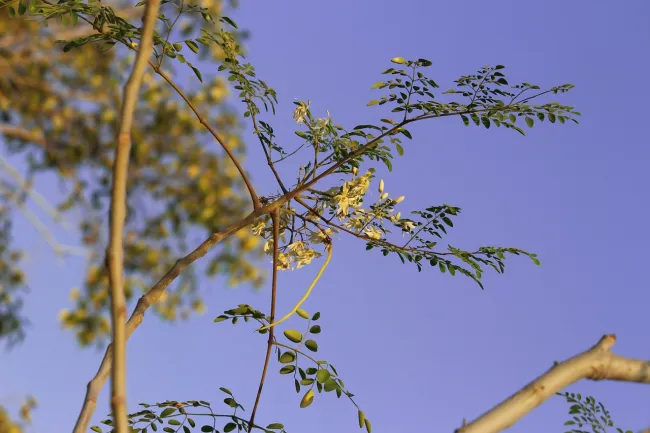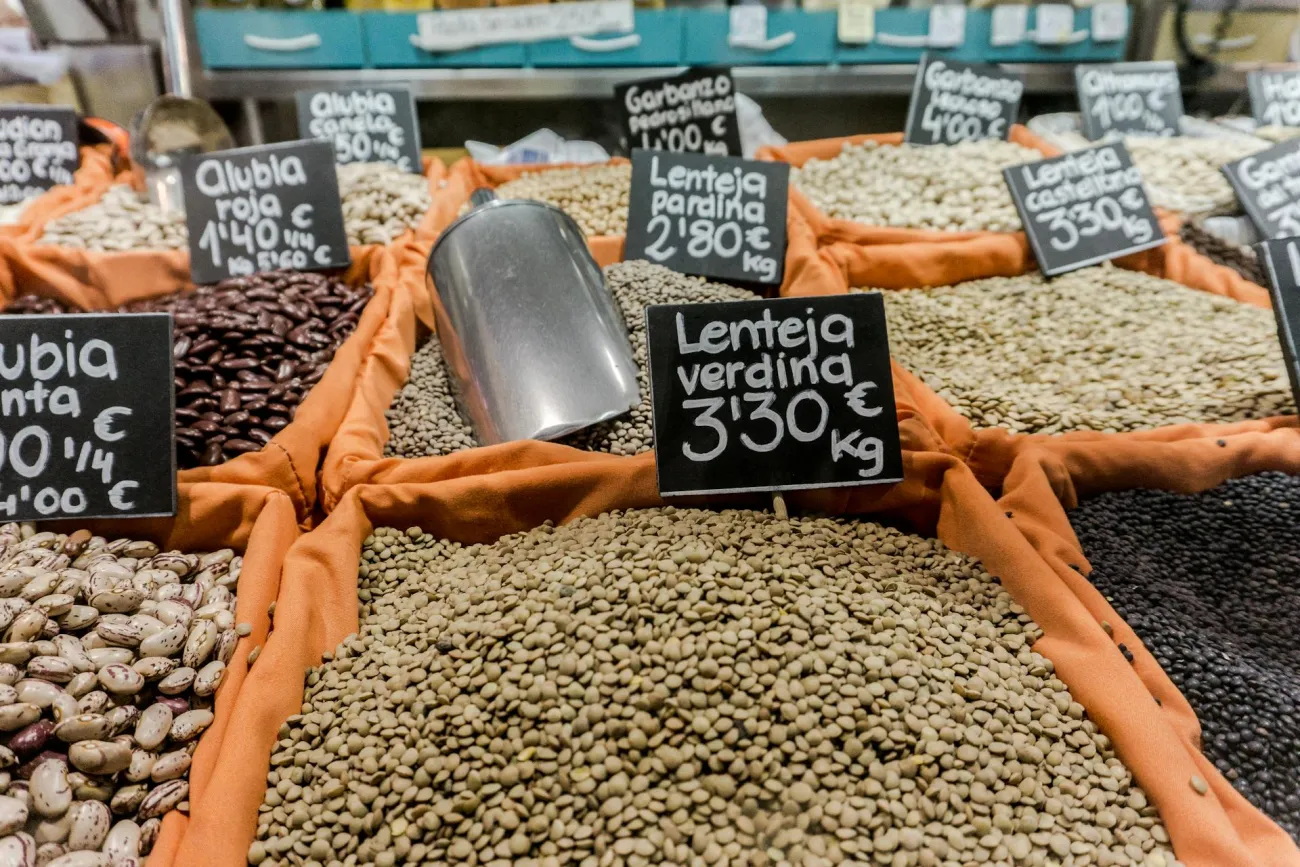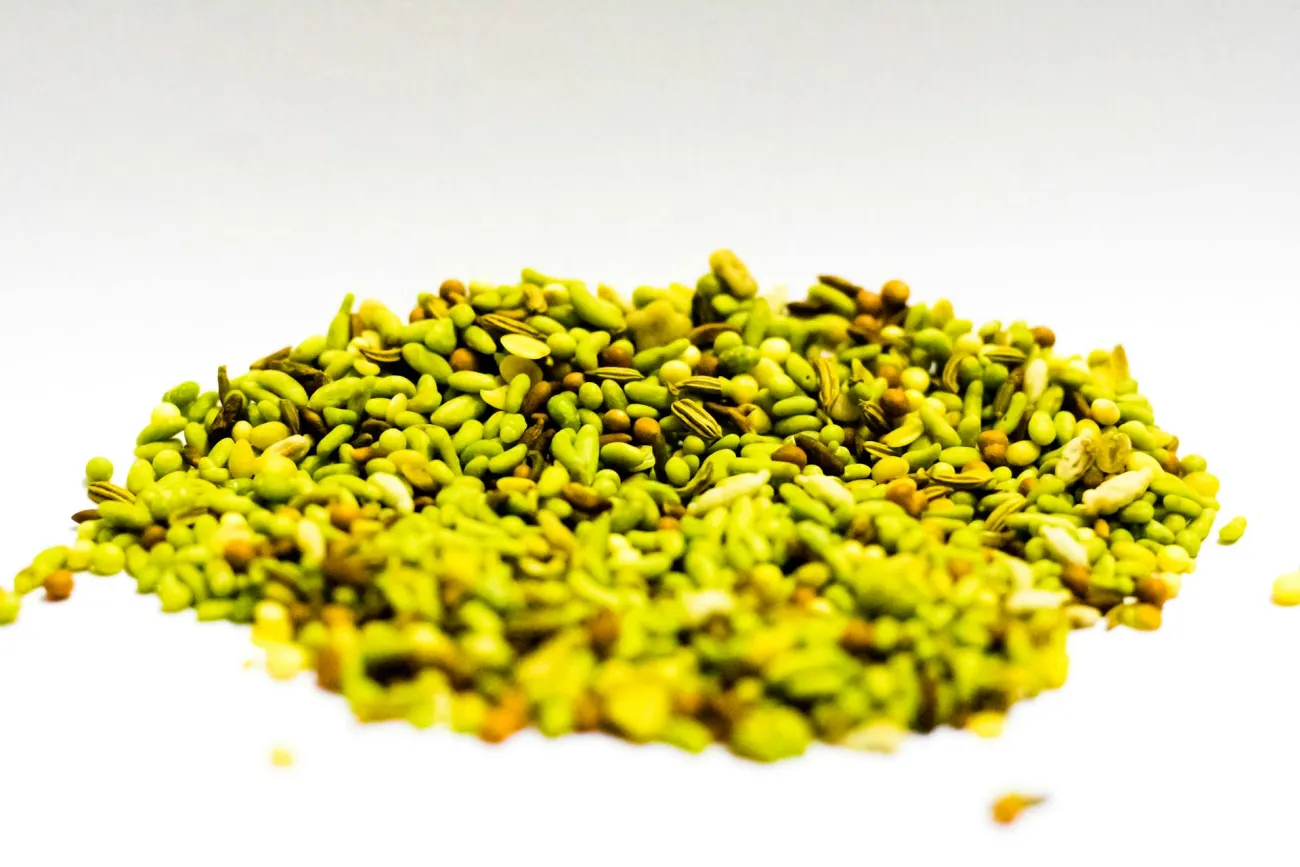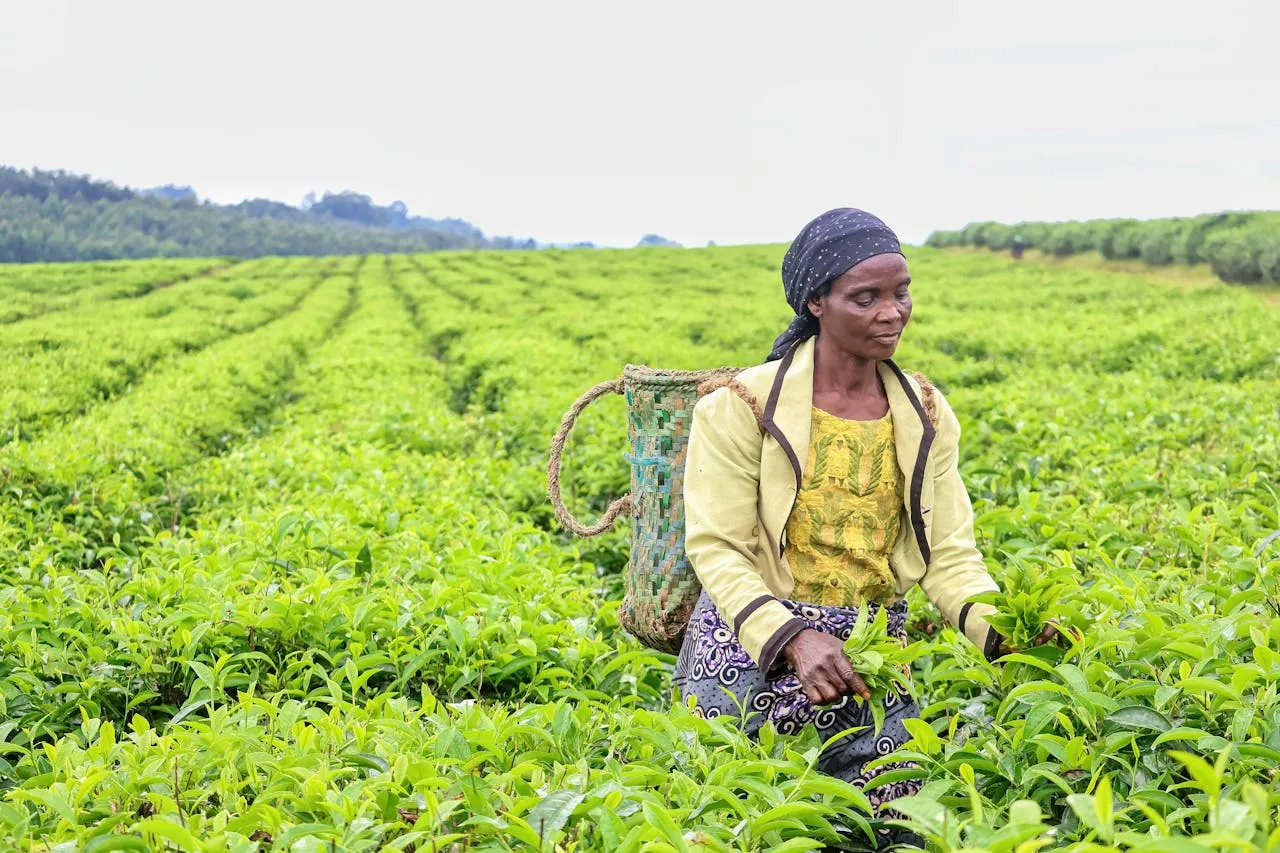This paper by FCRN member Eric Toensmeier argues that perennial vegetables (those grown on plants that live for more than two years) are underappreciated as a source of nutrients, as a means of sequestering carbon and as beneficial to biodiversity.

Perennial vegetables include plants grown for their leaves, shoots, flowerbuds and savoury fruit classed as vegetables for culinary purposes. Well-known examples are olives, asparagus and globe artichoke. The paper reviews the literature on 613 species of cultivated perennial vegetables.
The paper identifies species that contain high levels of multiple nutrients and that therefore may be useful in remedying nutrient deficiencies in diets. For example, the leaves of Vitis vinifera, the common grape vine, contain “very high” levels of calcium, magnesium and vitamin A as well as providing fibre, while Moringa oleifera, cultivated for its leaves, unripe fruits and flowerbuds provides “very high” levels of calcium, magnesium, vitamin A and vitamin C and “high” levels of vitamin E. For more details on what “very high” and “high” mean, see Tables 4 and 5 of the paper.
Abstract
Perennial vegetables are a neglected and underutilised class of crops with potential to address 21st century challenges. They represent 33–56% of cultivated vegetable species, and occupy 6% of world vegetable cropland. Despite their distinct relevance to climate change mitigation and nutritional security, perennial vegetables receive little attention in the scientific literature. Compared to widely grown and marketed vegetable crops, many perennial vegetables show higher levels of key nutrients needed to address deficiencies. Trees with edible leaves are the group of vegetables with the highest levels of these key nutrients. Individual “multi-nutrient” species are identified with very high levels of multiple nutrients for addressing deficiencies. This paper reports on the synthesis and meta-analysis of a heretofore fragmented global literature on 613 cultivated perennial vegetables, representing 107 botanical families from every inhabited continent, in order to characterise the extent and potential of this class of crops. Carbon sequestration potential from new adoption of perennial vegetables is estimated at 22.7–280.6 MMT CO2-eq/yr on 4.6–26.4 Mha by 2050.
Reference
Toensmeier, E., Ferguson, R. and Mehra, M., 2020. Perennial vegetables: A neglected resource for biodiversity, carbon sequestration, and nutrition. PloS one, 15(7), p.e0234611.
Read the full paper here. See also the Foodsource building block What is malnutrition?




Comments (0)